In 1992, GM introduced the LT1 engine, a revolutionary new 350 CI small block to be used in all its rear-wheel drive vehicles. All of these engines from 1992 through 1997 use a reverse flow water pump that is driven directly off the camshaft. The benefits of reversing the coolant flow in the engine include reducing drag on the engine, the use of electric cooling fans, not being belt-driven, and most importantly, increasing the cooling of the cylinder heads.
The cylinder heads are the hottest part of the motor to be cooled before the cylinder walls which operate at a much lower temperature. By reversing the flow of the coolant, it begins its journey through the cylinder heads before entering the block, thus allowing the cylinder heads to run cooler and at a more uniform temperature range throughout the engine.
The additional cooling provided to the cylinder heads allows a boost in compression and advances the timing as well. The combination of the two increases the available horsepower without increasing the cam lift or bore size.
Method of Operation
The reverse-flow water pump utilizes the camshaft as a driver. A short splined shaft in the rear of the water pump engages the camshaft. By removing the side load caused by a belt drive, the water pump bearing lasts much longer and is not subject to failure.
Electric cooling fans.
Using electric cooling fans reduces the engine load by not turning a mechanical fan with a drive belt.
Increased cylinder head cooling capacity.
The pump is aluminum and has the thermostat housing located atop the water pump itself. Coolant flows from the lower radiator hose into the water pump at the thermostat through the heads on the way to the block. The reverse flow pump acts as a vacuum pump in drawing the water out of the block. It then passes the thermostat and returns it to the radiator via the upper hose.
Additional Benefits
Since the water pump is not driven by a belt it will not fail if the serpentine belt fails.
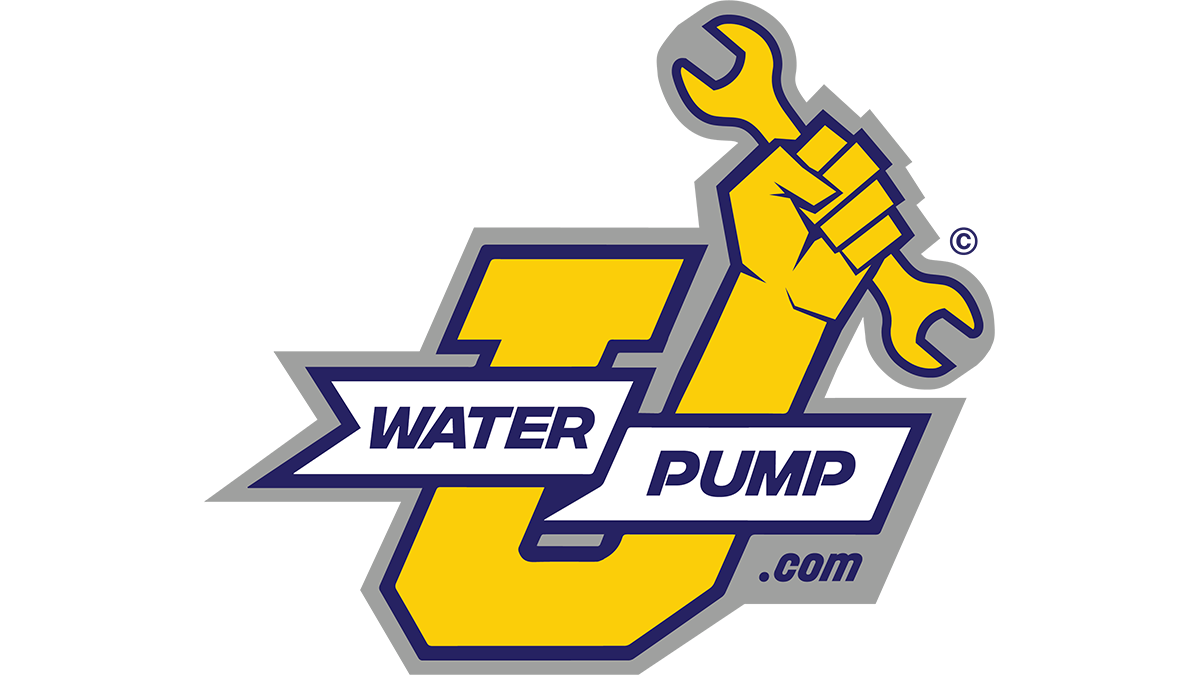
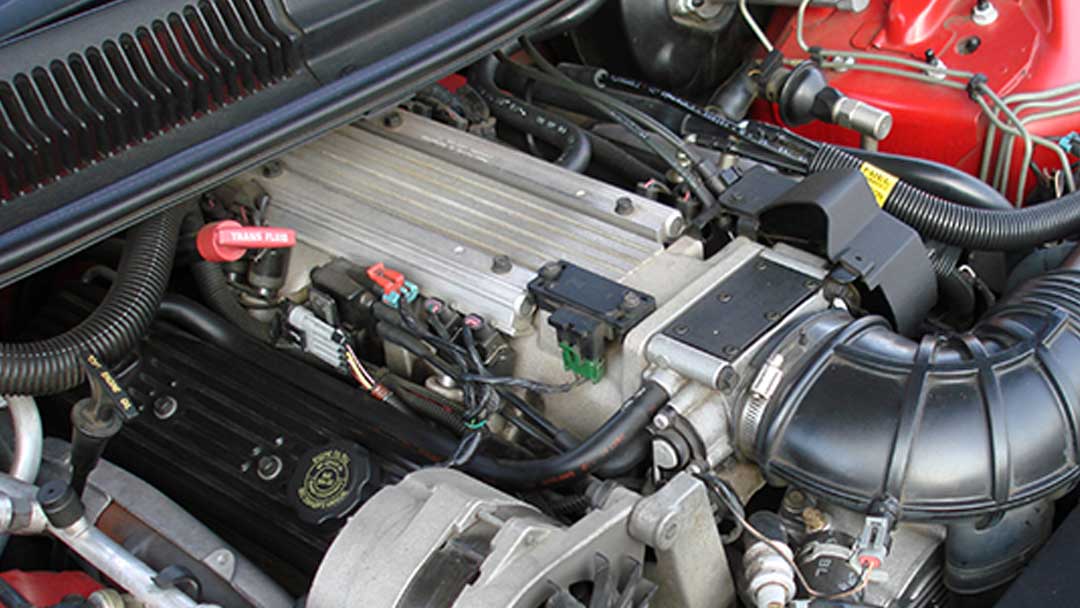

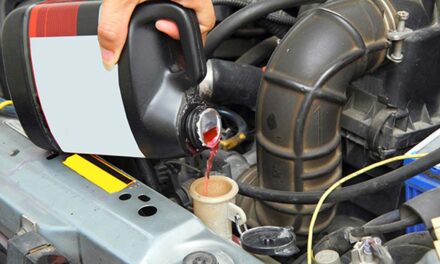
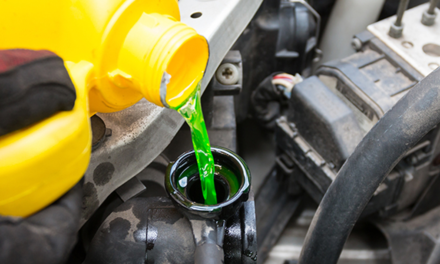
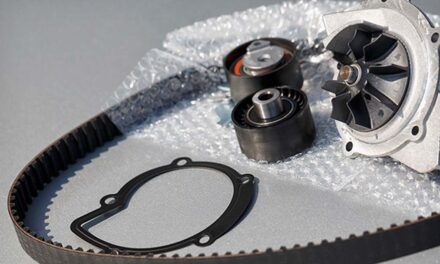
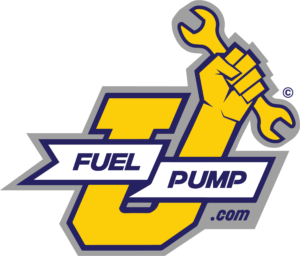

![[Vehicle Fitment]: Compatible with Buick Allure 05-10, Enclave 08-20, LaCrosse 05-08 10-16, Rendezvous 04-06 & Cadillac ATS 13-19, CTS 05-19, SRX 04-16, STS 05-11, XTS 13-19 & Saab 9-3 06-09, 9-4X 11, 9-5 10-11 & Saturn Aura 07-09, Outlook 07-10, Vue...](https://m.media-amazon.com/images/I/41WKoNzHalL._SL100_.jpg)
